Cleaning up after the storm

Dealing with the aftermath of any natural disaster is never easy.
Flooding, for instance, can wreak havoc in your home, causing extensive damage that may sometimes seem beyond repair. This challenge, unfortunately, became all too real for many residents of Metro Manila when massive flooding inundated the city earlier this week due to the torrential rains brought about by super Typhoon Carina.

Now that the floods have started to subside, the task of cleaning up and rebuilding can feel daunting. To help homeowners affected by the recent flooding, Inquirer Property sought advice from some of the country’s top interior designers, who shared their expertise on how to clean the sofas, wooden furniture, fixtures, and walls damaged by flooding.
Here are their tips for cleaning up and restoring your home to its former glory.
Thorough cleaning
Isabel Berenguer-Asuncion, a principal architect of Asuncion Berenguer Inc., advised homeowners to wash down the sofas submerged in flood, thoroughly squeezing out the water, dirt or silt.
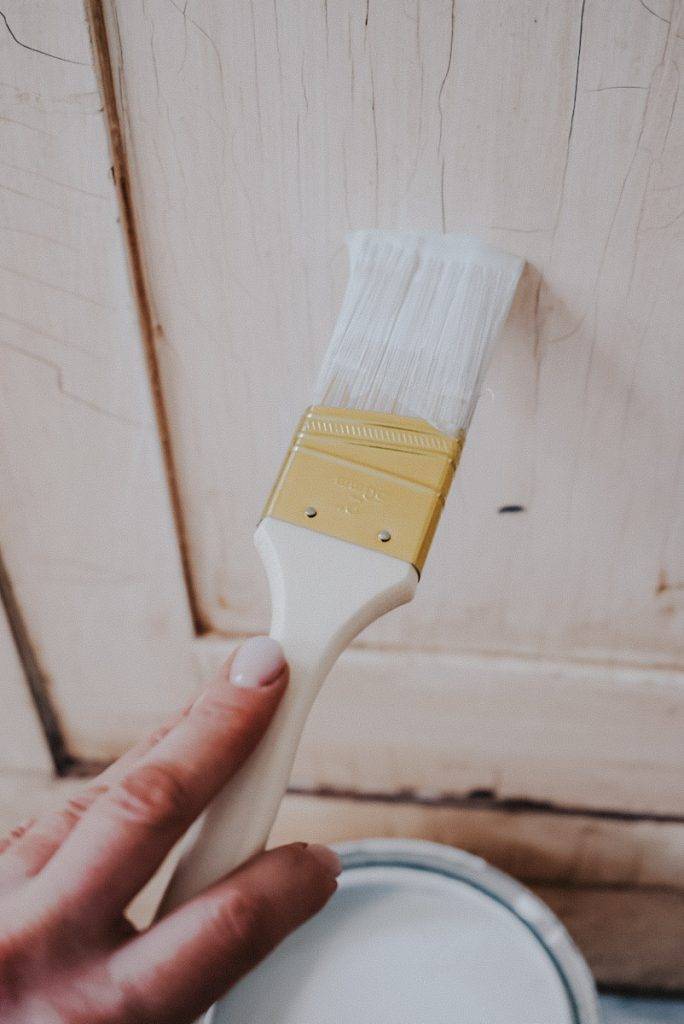
“Once all dirt has been washed off, do the same using water with liquid laundry detergent. Squeeze off excess water, then squeeze off again with a dry towel, extracting as much water and moisture. Position the sofa or couch with elevated platforms at both ends so the underside can breathe as well. Sun dry for a day, then keep outside to dry for a few more days, repositioning the sofa for good air circulation. You can also position an electric fan facing it to help dry,” she explained.
For solid wood, Berenguer-Asuncion cited the need to let it air dry thoroughly, before working out the carpentry. Laminated or veneered furniture should be kept away from water as these will be irreparable if soaked for a long time.
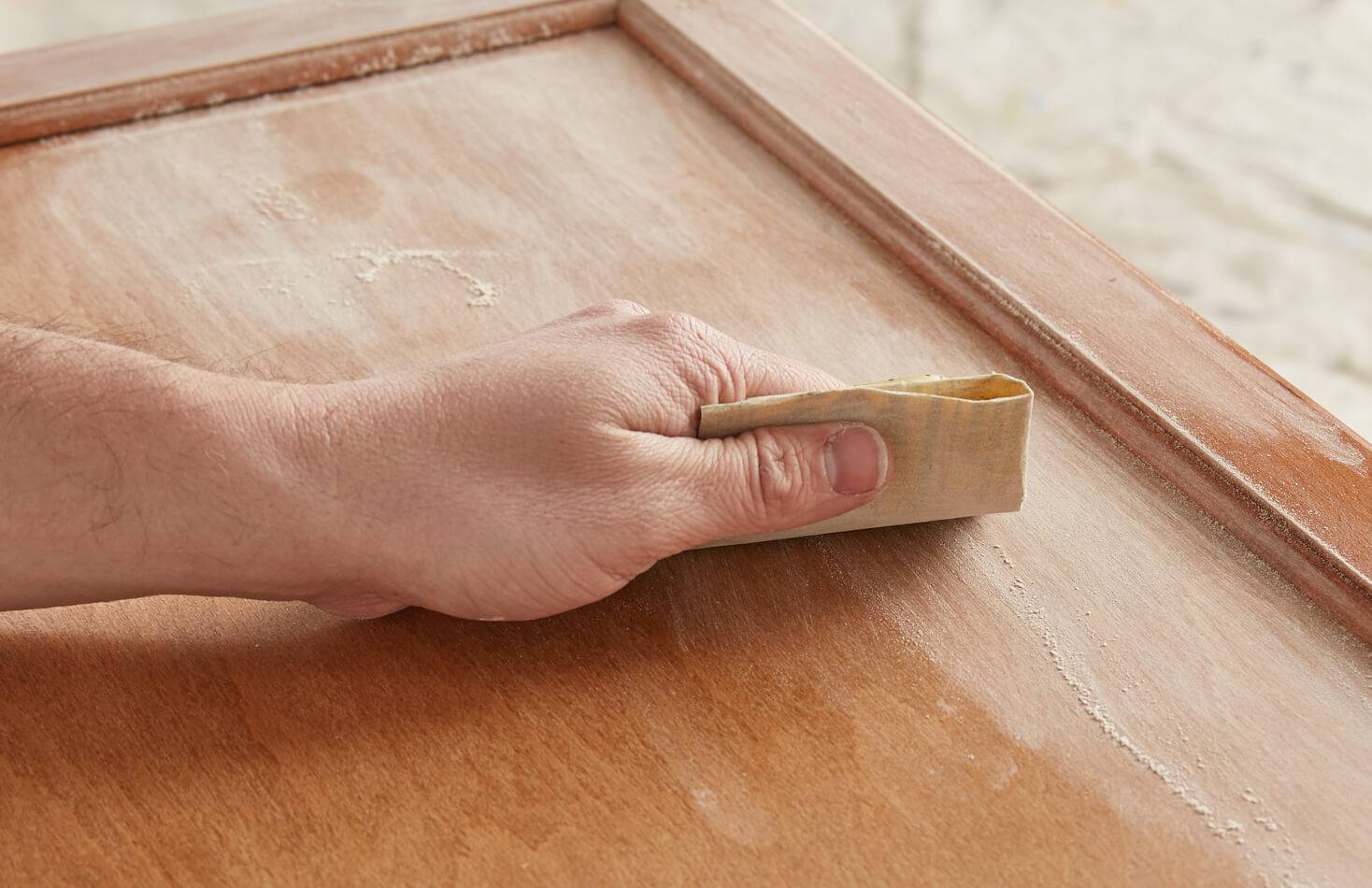
“If not soaked too long, try to clamp the surfaces while still wet, then put out to air dry. Once dry, apply wood glue to the delaminated portions. After the wood is set in place, dry then re-stain,” she said.
For walls, Berenguer-Asuncion said it’s best to wash down with soapy water and let dry. Make sure to wash both inside and out to get rid of materials that can potentially stain your paint.
For a good measure, Berenguer-Asuncion added another tip: “Air your home, and allow as much sunlight in order to get rid of the moisture.”
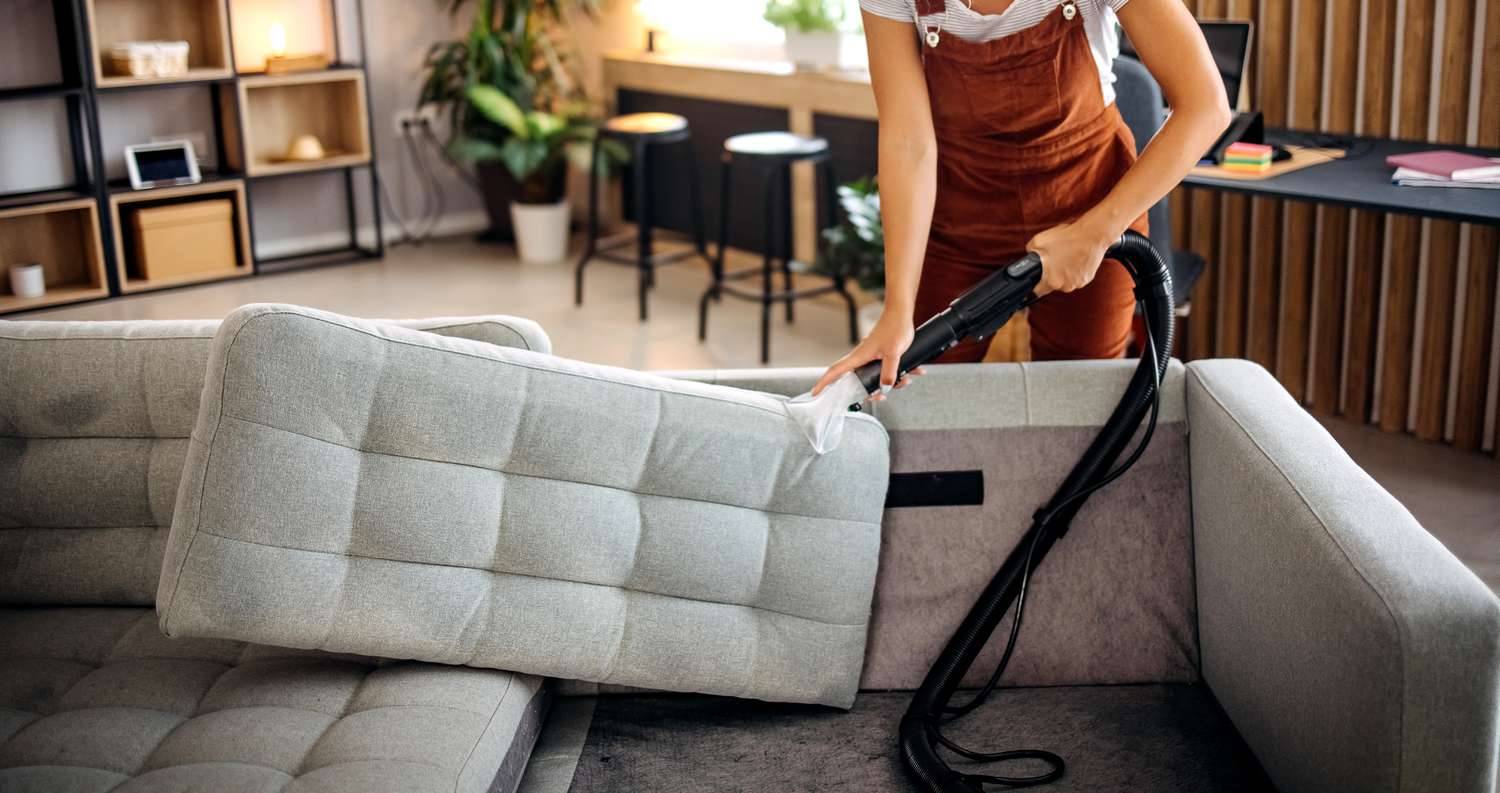
Save, restore, re-purpose
Cyndi Fernandez-Beltran, the principal designer and co-founder design firm Moss Manila, meanwhile advises homeowners to first assess the damages on the furniture and to check the structural integrity of each piece.
Homeowners can also check signs of warping and cracking, as well as signs of possible metal tarnishing in your furniture. This will let you know which items can still be salvaged or at least repurposed, or which ones should already be discarded for safety purposes.
For sofas, Fernandez-Beltran said it’s best to remove the cushions from the inner seat foams or separate the cushions from the covers so you are able to start the drying process.
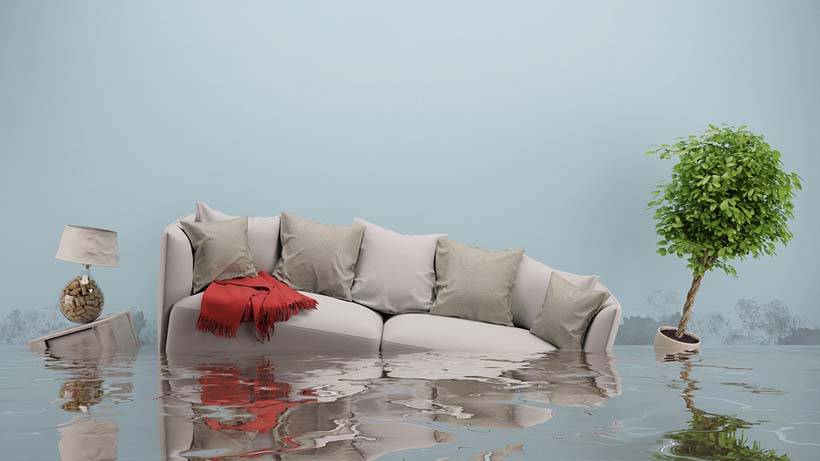
You can use fans and humidifiers to dry the fabric and frame, but avoid direct sunlight to prevent fading or further warping or cracking of the wood components. Use clean fabric with a compatible cleaning agent to remove odors and prevent mold growth.
“After making sure the wooden furniture pieces are still structurally intact and free from signs of brittleness, clean the surface with a wood cleaner or a mixture mild soap and water. Re-sand any surface that has water stain and rough patches and re-finish it accordingly. Add a new coat of paint or perhaps, even change the color to give a new life to the furniture piece! Consider a pop of color and make it into an accent Replace all hardware, too, as it may have rusted, but take this as an opportunity to use decorative hardwares such as brass knobs, stone handles, matt french gold hinges,” Fernandez-Beltran suggested.
For walls, the best way is to use a sponge and mild soap to clean surfaces. Make sure the sponge isn’t too wet to prevent further damage to your furniture.
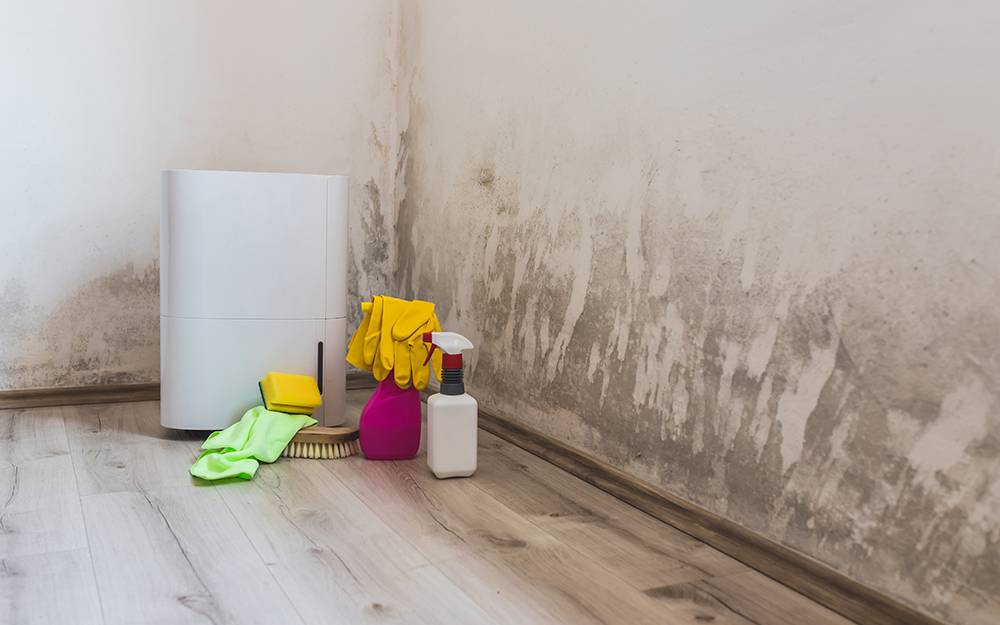
“Restoring furniture after a flood requires time, effort and care. However, no mater how daunting the job might be, use this as an opportunity to re-decorate, and re-do a new look at home. Perhaps you can be creative in repurposing furniture in new and innovative ways. For example, turn a water-damaged wooden table into a beautifully hand-painted headboard. Try as much as you can to salvage furniture to prevent it from ending up in landfills, contributing to a more sustainable and eco-friendly lifestyle,” Fernandez-Beltran added.
Professional help
Doris Dy, design director of AllValue Holdings, meanwhile, suggested to check with a furniture market to restore your sofa professionally.
“If soaked in floodwater, best to have it re-upholstered. But in the absence of a furniture maker, the most immediate thing to do is to wash, rinse and let the foam dry. If the flood water is dirty though, I wouldn’t recommend you to use the same soaked foam. It has to be changed. Let everything else dry under the sun to see what can be saved,” Dy explained.
“For wood stain and finish, these need to be revarnished to restore (the furniture)… Research for special finishes that need extra care like leather, stone, natural wood, metal,” she added.

















